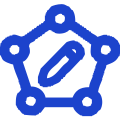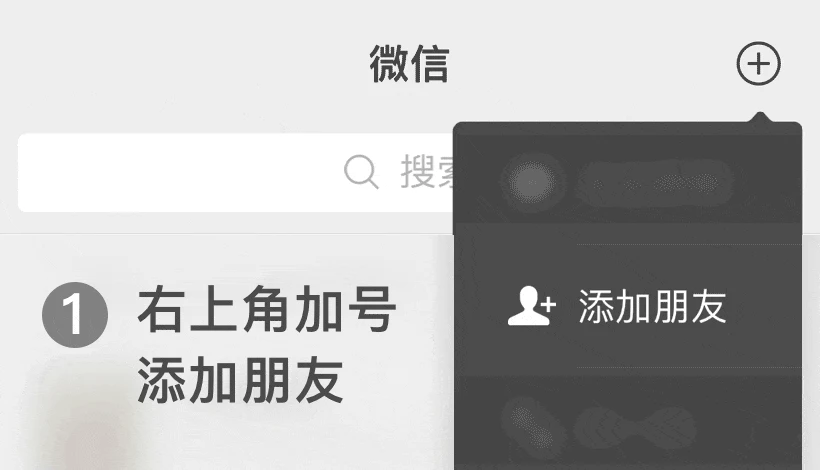.jpg)
 Professional services are guaranteed
Professional services are guaranteed One on one full process guidance
One on one full process guidance Efficient and fast experience
Efficient and fast experienceISO 10012 is an international standard specifically designed for measurement processes and measurement equipment management, applicable to all industries that rely on measurement data to support decision-making, including manufacturing, energy, healthcare, laboratories, and more. Its latest version ISO 10012:2022 replaces the 2003 version, further strengthening risk management, data integrity, and technical adaptability.
standard target
By standardizing the management of measuring equipment and controlling the measurement process, ensure that:
The measurement results meet the metrological requirements for the intended use;
The measurement uncertainty is controlled and meets regulatory and customer requirements;
Improve the effectiveness of the measurement system through continuous improvement
The standard revolves around two core elements: metrological confirmation of measuring equipment and control of the measurement process, and integrates quality management principles.
1. Measurement confirmation of measuring equipment
Measurement characteristic identification: Clarify the key parameters of the equipment, such as accuracy, resolution, and range.
Calibration and verification: Conduct periodic calibration based on international or national measurement standards, record calibration results and uncertainties.
Status identification: Label and manage devices as "qualified", "restricted use", or "disabled".
Traceability: Ensure that measurement results can be traced back to national or international standards (such as NIST, BIPM).
2. Measurement process control
Process design: Define measurement methods, environmental conditions, and personnel qualifications based on product/service requirements.
Uncertainty assessment: Quantify the confidence interval of measurement results and identify sources of error (such as equipment, environment, operator).
Monitoring and improvement: Real time monitoring of measurement process stability and implementation of corrective measures through statistical techniques such as SPC control charts.
3. Supportive management requirements
Risk management: Identify risks that may affect measurement results (such as equipment failures, environmental fluctuations) and develop prevention plans.
Resource guarantee: Provide necessary equipment, software, training, and infrastructure (such as temperature and humidity controlled laboratories).
Documented information: Establish a measurement management system manual, procedural documents, and record forms to ensure traceability.
1. Improve quality and compliance
Reduce product defects and recall risks caused by measurement errors.
Meet the data integrity requirements of FDA, EU MDR, GMP and other regulations.
2. Optimize costs and efficiency
Extend equipment lifespan and reduce maintenance costs through preventive maintenance.
Avoid wasting resources due to excessive or insufficient calibration.
3. Enhance customer trust and market competitiveness
Provide traceable measurement data reports to enhance customer satisfaction.
As an authoritative qualification certificate in bidding or supply chain review.
4. Support digital transformation
Integrate with the Internet of Things (IoT) and digital measurement systems (such as smart sensors) to achieve real-time data monitoring and analysis.
The following are the core application materials and basic application requirements for applying for ISO 10012 certification:
(I.) List of required materials
1. System documents
Measurement Management Manual: Clarify the scope, policies, responsibilities, and corresponding relationship with ISO 10012 clauses of the system.
Program file:
Measurement equipment management program (procurement, calibration, maintenance, scrapping, etc.).
Measurement process control program (design, monitoring, uncertainty assessment).
Risk management procedures (risk identification, assessment, and response measures).
Record management program (data storage, traceability, confidentiality).
Homework guide: Specific measurement operation steps, equipment usage specifications, etc.
2. Records and Evidence
Equipment management records:
Measurement equipment ledger (including unique identification, model, calibration cycle).
Calibration/verification certificate (to be issued by an accredited institution, such as CNAS).
Equipment status identification (qualified, restricted use, discontinued).
Measurement process record:
Measurement process design document (methods, environmental requirements, personnel qualifications).
Uncertainty analysis report and improvement measures.
Process monitoring data (such as SPC control charts, exception handling records).
Internal Audit and Management Review Report:
Internal audit plan, checklist, non conformance report, and rectification records.
Management review meeting minutes, resolutions, and resource adjustment plans.
3. Supporting materials
Enterprise qualification documents: business license, organization code certificate, industry license (if applicable).
Proof of Personnel Capability:
Training certificates for metrology management personnel and operators (such as metrologist certificates).
Job responsibilities and authorization documents.
Regulatory Compliance Declaration: Declare that the measurement activity complies with relevant laws and regulations.
Certification Application Form: Fill in the application form provided by the certification body to clarify the scope and requirements of certification.
(II.) Application requirements
1. Fundamentals of System Operation
A measurement management system that complies with ISO 10012 standard has been established and has been in operation for at least 3 months (operation records must be provided).
The system should cover all measuring equipment and key measurement processes within the scope of the application (such as production, inspection, and research and development).
2. Compliance requirements
Enterprises must be legally registered and have no major quality accidents or violation records.
Measurement activities must comply with relevant national/industry laws and regulations (such as the Metrology Law and industry technical specifications).
3. Resource guarantee
Equipped with equipment, software, and calibration environment that meet measurement requirements (such as a constant temperature laboratory).
Having qualified metrological management personnel and operators (training certificates are required).
4. Documented system
Develop a complete measurement management system document, including manuals, procedure files, operation records, etc. (see material list for details).
5. Internal audit and management review
Complete at least one internal audit covering the entire system and retain evidence of non conformance rectification.
The management reviews the operational effectiveness of the system and approves improvement measures
The certification process for ISO 10012 (Measurement Management System) is similar to other management system certifications (such as ISO 9001). The following is a brief process:





Wechat ID:Siterui888888
Add a wechat friend to get free plans and quotations


 Contact
Contact
號.jpg)



 定制化解決方案
定制化解決方案 專業(yè)咨詢指導(dǎo)
專業(yè)咨詢指導(dǎo) 透明化服務(wù)
透明化服務(wù) 長期顧問式合作
長期顧問式合作